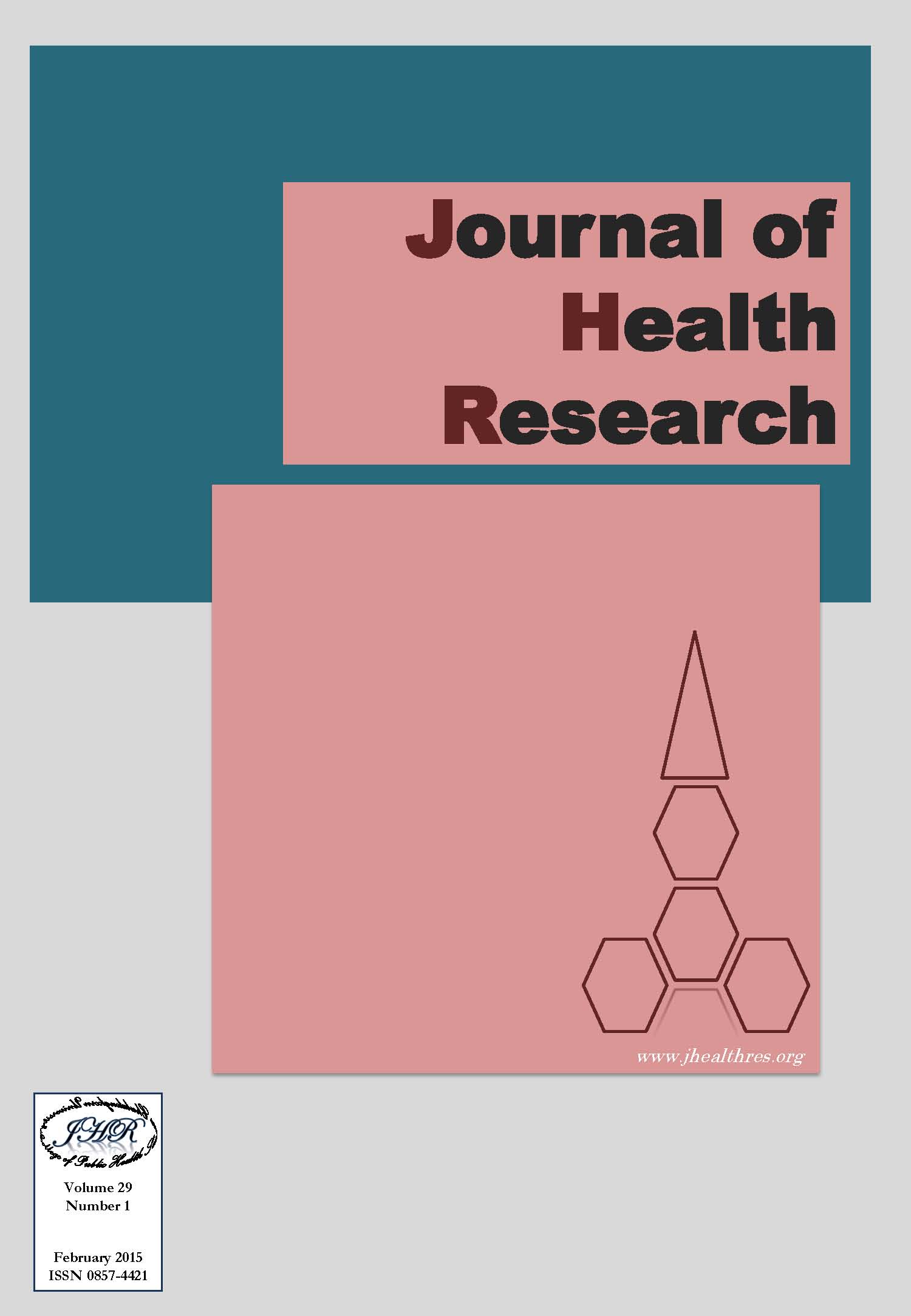Association between Body Mass Index and Liver Function among Gasoline Station Workers in Bangkok, Thailand
Keywords:
Body mass index, Liver function, Occupational worker, ThailandAbstract
The body mass index (BMI) is an important biomarker for adiposity in the population, while glutamic oxaloacetic transaminase (SGOT), glutamic pyruvic transaminase (SGPT) and alkaline phosphatase (ALP) are biomarkers of liver function. This study aimed to evaluate the association of body mass index (BMI) and liver function of 105 gasoline station workers in Pathumwan district area, central Bangkok, Thailand. All workers were interviewed and provided blood samples for liver function analysis. The statistical analyses were performed by one-way analysis of variance to compare characteristics among BMI groups, and by linear regression to assess associations between biomarkers and BMI. BMI was significantly associated with SGPT and SGOT to SGPT ratio (SGOT/SGPT) (p<0.001 and p<0.05, respectively). In addition, the obese group had significantly higher SGPT level and lower SGOT/SGPT ratio than the normal weight and underweight groups. Also, the obese group had significantly lower ALP than the underweight group. SGOT and the SGOT to SGPT ratio could prove to be useful markers of chronic liver disease in gasoline station workers; further research is required to confirm this.







